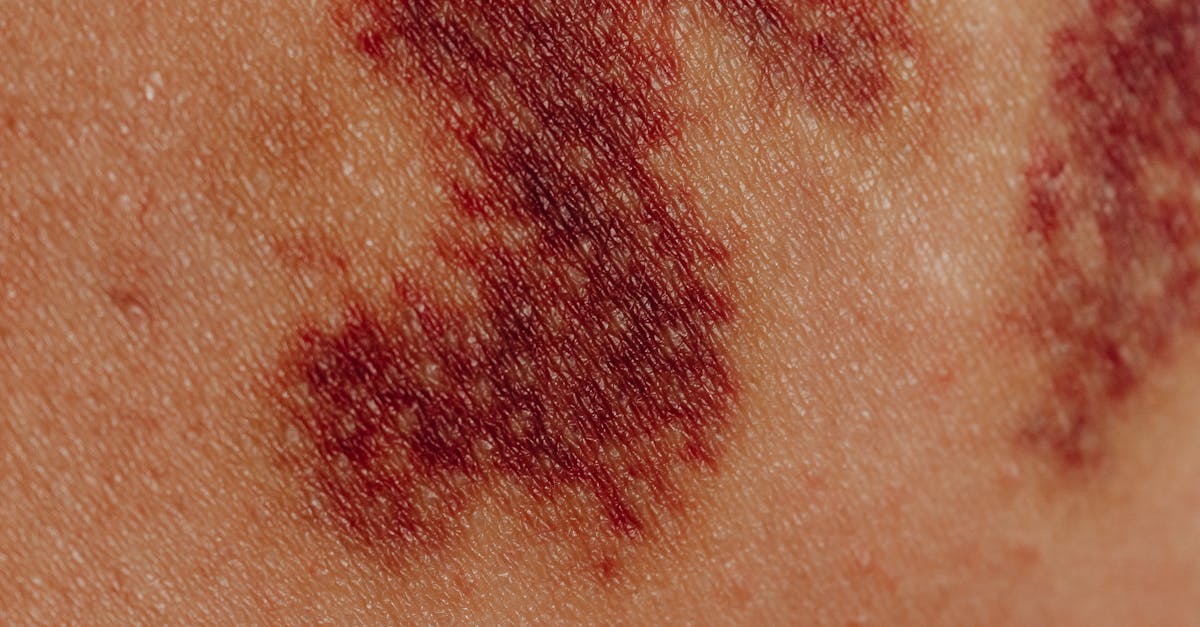Lyme disease, caused by the Borrelia bacteria and transmitted through tick bites, can lead to a wide array of symptoms that often go unrecognized. Many individuals may not even realize that their health issues stem from this condition. In this post, we will delve into 46 symptoms associated with Lyme disease, providing a comprehensive understanding of what to look for if you suspect you might be affected.
| Symptom | Description |
|---|---|
| Fever | Often the first sign, a low-grade fever can occur. |
| Chills | Accompanied by fever, chills may be common. |
| Fatigue | Extreme tiredness that is not relieved by rest. |
| Headaches | Severe headaches or migraines may develop. |
| Muscle Pain | Pain in muscles, often described as achy. |
| Joint Pain | Swelling and pain in joints, particularly knees. |
| Swollen lymph nodes | Lymph nodes may become enlarged and tender. |
| Rash | A characteristic “bull’s-eye” rash may appear. |
| Heart palpitations | Irregular heartbeats can occur due to infection. |
| Memory problems | Difficulty concentrating and memory issues may arise. |
| Sleep disturbances | Insomnia or excessive sleepiness may be present. |
| Depression | Feelings of sadness or hopelessness can develop. |
| Anxiety | Increased feelings of anxiety or panic attacks. |
| Stiff neck | Neck stiffness can occur, especially with headaches. |
| Nausea | Some may experience nausea or gastrointestinal issues. |
| Light sensitivity | Increased sensitivity to light, causing discomfort. |
| Vision changes | Blurred vision or other visual disturbances. |
| Tingling sensations | Unexplained tingling or “pins and needles” feeling. |
| Difficulty breathing | Shortness of breath may occur in severe cases. |
| Joint stiffness | Stiffness in joints, particularly after rest. |
| Hot flashes | Sudden feelings of warmth, often accompanied by sweating. |
| Cold intolerance | Increased sensitivity to cold temperatures. |
| Skin lesions | Various skin issues may arise, including rashes. |
| Ear ringing | Tinnitus or ringing in the ears can develop. |
| Facial paralysis | Temporary paralysis of one side of the face (Bell’s palsy). |
| Severe fatigue | Extreme fatigue that persists and affects daily life. |
| Confusion | Feeling disoriented or confused can occur. |
| Fever blisters | Cold sores may appear in some individuals. |
| Severe joint swelling | Swelling in joints can be pronounced and painful. |
| Abdominal pain | Pain in the abdominal region may be experienced. |
| Hair loss | Some may notice thinning or loss of hair. |
| Memory loss | Difficulty remembering recent events or information. |
| Speech problems | Slurred speech or difficulty forming words. |
| Difficulty swallowing | Some may experience trouble swallowing food or liquids. |
| Joint deformities | Long-term Lyme disease can lead to joint damage. |
| Weight changes | Unexplained weight loss or gain may occur. |
| Temperature regulation issues | Difficulty maintaining normal body temperature. |
| Increased thirst | Some may experience unusual thirst. |
| Loss of appetite | Decreased desire to eat food. |
| General malaise | Feeling unwell without a specific reason. |
| Severe itching | Intense itching sensations on the skin. |
| Joint locking | Joints may lock or feel unstable. |
| Difficulty concentrating | Struggling to focus on tasks or conversations. |
| Personality changes | Notable shifts in personality or mood. |
| Fungal infections | Increased susceptibility to fungal infections. |
Fever
Fever is often one of the first signs of Lyme disease. It usually presents as a low-grade fever, indicating that your body is fighting an infection. This symptom can be accompanied by chills, making it essential to monitor your temperature if you suspect exposure to ticks.

Chills
Chills often accompany fever, creating discomfort and a general sense of unease. They can be indicative of the body’s immune response as it reacts to the Lyme bacteria. If you experience chills along with fever, it is advisable to seek medical attention.

Fatigue
Extreme fatigue is a common symptom reported by individuals with Lyme disease. Unlike regular tiredness, this fatigue does not improve with rest and can severely impact daily functioning, making it challenging to carry out even basic activities.

Headaches
Severe headaches or migraines may develop as a result of Lyme disease. These headaches can be debilitating and are often accompanied by other neurological symptoms, making them difficult to manage without treatment.

Muscle Pain
Pain in the muscles is frequently reported, often described as an achy sensation. This symptom can vary in intensity and may be persistent, affecting mobility and quality of life.

Joint Pain
Swelling and pain in the joints, particularly the knees, are significant indicators of Lyme disease. The inflammation can lead to chronic pain if left untreated, emphasizing the importance of early diagnosis.

Swollen lymph nodes
Enlarged and tender lymph nodes are a common symptom, signaling that the body is fighting off an infection. This can be a key indicator for healthcare professionals during diagnosis.

Rash
A characteristic “bull’s-eye” rash may appear in some individuals, often within a few weeks of




